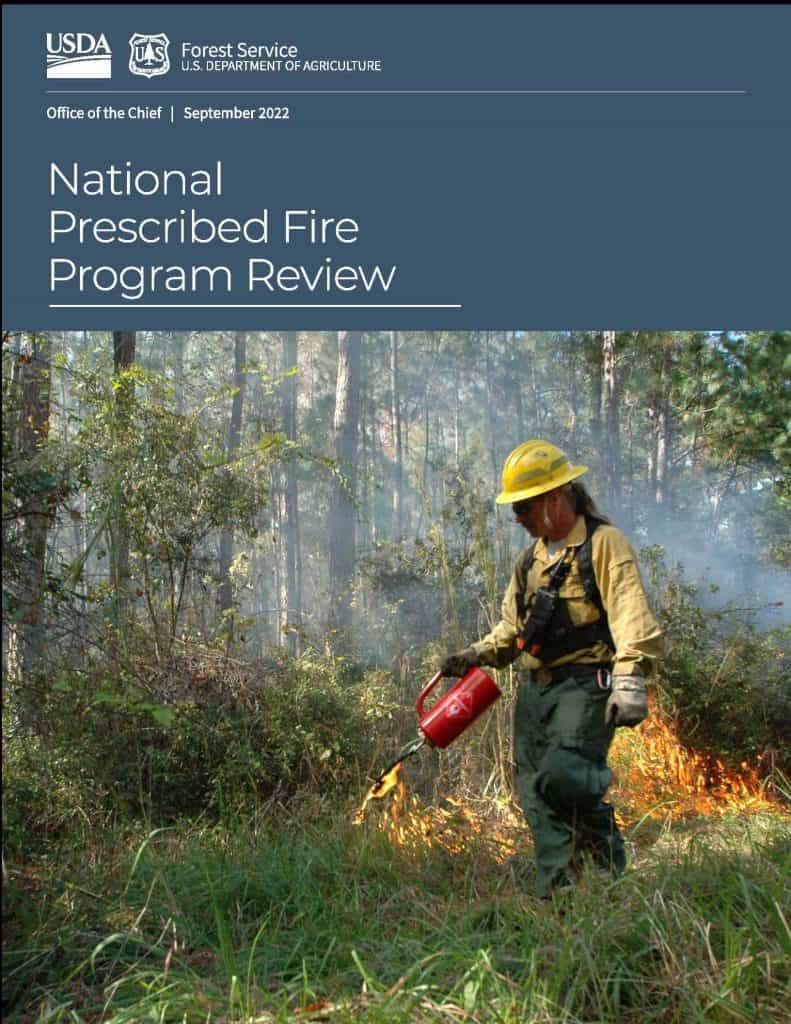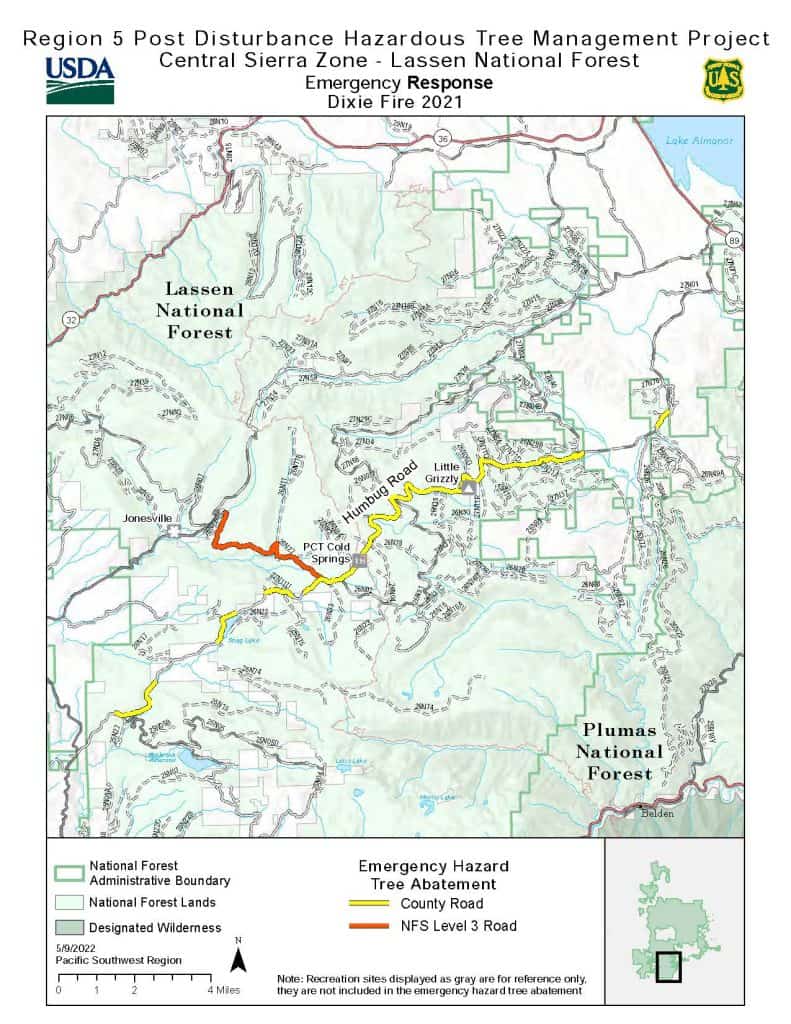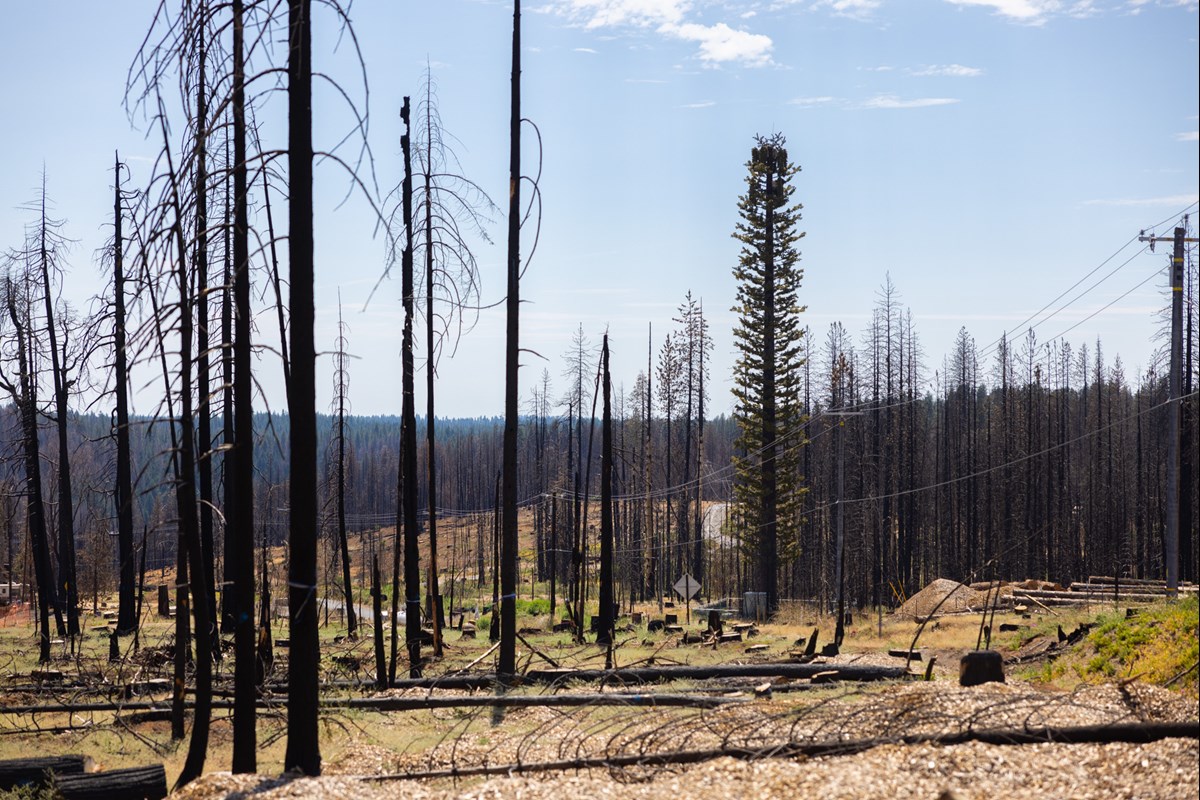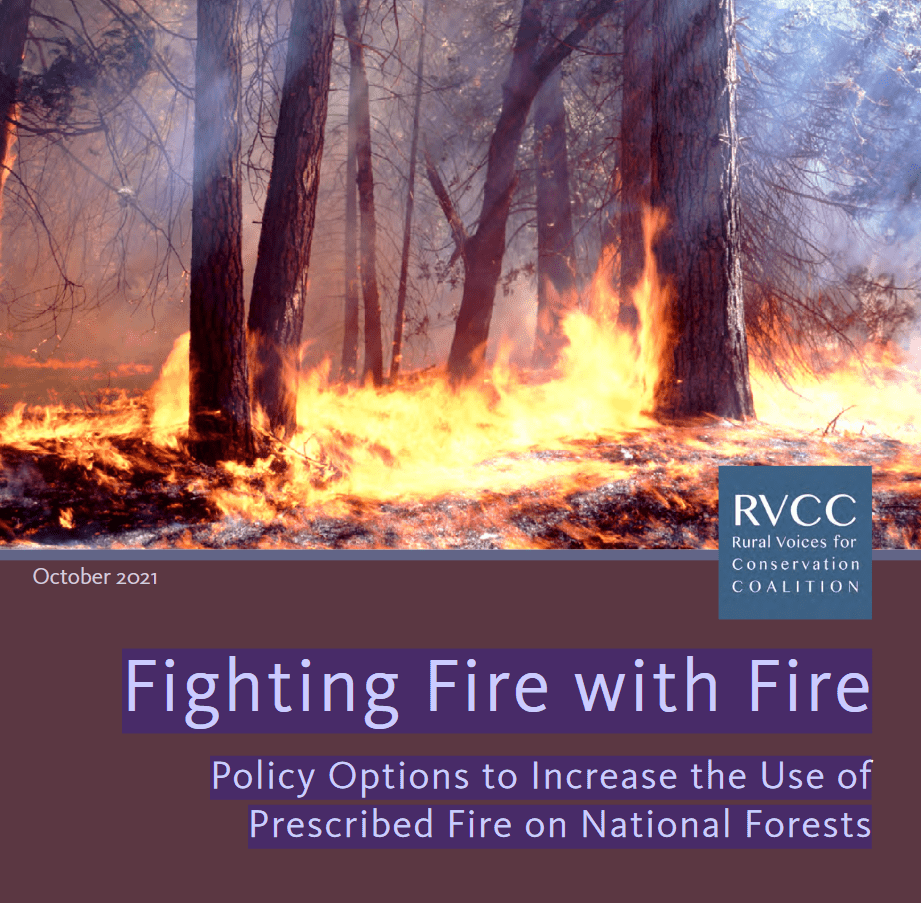Fortuitously, I ran across this Bloomberg Law piece: Billions in Feds’ Spending on Megafire Risks Seen as Misdirected
Just after posting the research paper on PODs. What a contrast!
We policy wonks know that the people get to frame problems. In wonk-land we disagree about framings all the time, because of course different framings lead to different solutions. I frame the problem as “how best for people to live with fire and protect the things we consider to be important, communities, watersheds, old growth and so on”.
According to some, the issue is framed as “protecting houses”. As I have said, and observed, people don’t want fire to run through their communities. They don’t like evacuating. They don’t like moving people from hospitals and nursing homes, companion animals, livestock. There is plenty of community infrastructure, not houses, that needs to be rebuilt, power lines and so on. People and communities have huge economic losses. I agree that we residents are a piece of the puzzle and have responsibilities. I don’t see it as either/or. But my home hardening is not going to save our watershed. For some reason, it seems like this framing doesn’t resonate with some.. To me, it’s also not very compassionate toward human beings (many old, sick, low income and/or of color).
At least two things seem to be gone from earlier discussions:
1. Bad Republicans in bed with the Timber Industry are the only ones who want this (excuse for logging).
2. Fires are really good!! And we should just let them go because they’re natural, and you can never have enough snags. (Notice how this turned when they became thought to be made worse by climate change, now we have all kinds of data on public health risks, watershed impacts, dead fish, which are now considered to be bad).
But now..
It’s the D-Controlled Congress who are not following the real “science” and are wasting billions of dollars .. once you lose the “bad timber industry” rationale, though, I think you need some kind of motivation for why everyone on both sides of the aisle are for it. I don’t actually see a replacement rationale in this story.
When someone disagrees on climate science, they are seen to be fringy, investigated by Congress, deplatformed and accused of purveying “misinformation.” In this case, though, the minority is thought to be correct (by some media elements). So.. both get framed as “it’s about science” but that’s a code for “scientists we agree with.”
Two things strike me about the people quoted (but I know that both Jim and Tony have more nuanced views than maybe these quotes show).
- They frame this as being “managing wildfire to protect houses” but don’t consider the costs and dangers of evacuations.
- They also don’t consider other values that wildfires can impact, most notably watersheds. Water, which we need as the climate changes and in fact many fire-y places have always had droughts.
“As the federal government focuses on forest thinning, no scientific consensus exists that removing vegetation, especially at a landscape-scale, will save communities in the paths of firestorms amid the West’s historic 23-year drought.”
But it will help fire managers control wildfires, hence PODs. Are the majority of working fire scientists just wrong? Or is the choice of framing (“save communities” unintentionally leading down the wrong path?) From the Ten Common Questions paper..V. Should Management be Concentrated in the WUI?
“Fuel reduction treatments can support cultural, ecological, ecosystem service, and management objectives beyond the WUI. For example, treatments that restore the ecological resilience of old growth forests and patches with large and old trees are critical to long term maintenance of wildlife habitats (Hessburg et al. 2020) of seasonally dry forests and terrestrial carbon stocks, and slowing the feedback cycle between fire and climate change (Hurteau and North 2009). Treatments in watersheds that are distant from the WUI and protect municipal and agricultural water supplies are critical to minimizing high-severity fire impacts that can jeopardize clean water delivery (Bladon 2018, Hallema et al. 2018). For example, post-fire erosion and debris flows may cause more detrimental and longer term impacts to watersheds than the wildfires themselves (Jones et al. 2018, Kolden and Henson 2019).”
Note that these fire scientists frame the issue of fuel treatments and what values are being protected more broadly.
Here are the fire scientists who wrote the “ten common questions” paper:
Susan J. Prichard, Paul F. Hessburg, R. Keala Hagmann, Nicholas A. Povak, Solomon Z. Dobrowski, Matthew D. Hurteau, Van R. Kane, Robert E. Keane, Leda N. Kobziar, Crystal A. Kolden, Malcolm North, Sean A. Parks, Hugh D. Safford, Jens T. Stevens, Larissa L. Yocom, Derek J. Churchill, Robert W. Gray, David W. Huffman, Frank K. Lake, Pratima Khatri-Chhetri.
*******************************
Some quotes from the Bloomberg Law article are below. I put links to the pubs of the quoted scientists in the article. Judge for yourself compared to the folks above. My two cents is that Tony Cheng and Michael Flannigan are voices worth listening to in this space. The others .. not so much.
“Houses Spread Fire
Many wildfires also destroy communities far from forests because grasses are extremely flammable, said Erica Fleischman, director of the Oregon Climate Change Research Institute at Oregon State University.
Colorado’s most destructive wildfire, last December’s Marshall Fire, incinerated more than 1,000 suburban homes and buildings amid high winter winds in the plains of Boulder County—miles from the nearest forest.”
Really? Don’t do fuel treatments in forests, because.. grass fires exist?
“Most homes destroyed in wildfires burn because embers get inside the house through vents, not because they’re in the inferno’s path.
“It’s the houses that start each other on fire, not the forest,” said Jim Furnish, a retired deputy chief of the Forest Service.”
In the Marshall Fire, it was grass from wildlands that got the fire going and it transferred to residences. It is a fact that fires can start in wildlands and spread to communities. I don’t really understand this argument.
“The package of wildfire bills would spend $182 million for wildfire risk reduction research, including the promotion and use of less-flammable building materials, at the National Institutes of Standards and Technology. Another $102 million is earmarked for the Federal Emergency Management Agency for wildfire preparation, promotion of better materials, and to retrofit existing homes.
Federal money should be spent on helping homeowners remodel their homes to make them more resistant to the embers, Law said. They can install ember-proof vents, use wildfire-resistant landscaping, and clear gutters of debris.
Wooden fences can spread fire in suburban areas, and lawmakers could consider updating urban land use plans and building codes to ensure that homes and yard structures are built of less-flammable materials, said Tony Cheng, a co-director of the Southwest Ecological Restoration Institutes at Colorado State University. The institutes are receiving $20 million from the infrastructure law to compile data on fuels treatment efforts.
No Scientific Consensus
As the federal government focuses on forest thinning, no scientific consensus exists that removing vegetation, especially at a landscape-scale, will save communities in the paths of firestorms amid the West’s historic 23-year drought.
The science is clear that “there isn’t a great connection between home loss and these fuel treatments,” though they sometimes help firefighters gain a foothold on some fires, Cheng said.
Moore, the Forest Service chief, said the agency is confident that as homes are built deeper and deeper into the woods, its research shows that removing “overstocked” trees is the best way to protect them.
“We know where we do nothing, or where we do a little, we’re seeing the evidence out on the landscape,” Moore said, referring to recent megafires. “We feel compelled to do something.”
Megafires Uncontrollable
But scientists say that even though vegetation has built up in forests because of a century of fire suppression, the extreme drought and heat are making large-scale thinning projects ineffective.
“When the whole forest is a dry tinderbox, having one area where you’ve done a fuels reduction may not be anywhere near enough to reduce fire risk,” said William Anderegg, a professor of biological sciences at the University of Utah. “We are not doing nearly enough to tackle the root of the problem, which is climate change.”
It makes “intuitive sense” that thinning forests would dramatically reduce wildfire risks, but independent research doesn’t back that up, said Chad Hanson, director of the John Muir Project, a forest advocacy group. Forest thinning is often motivated by logging interests instead of forest and community protection, he said.
“Are these thinning projects stopping weather and climate-driven fires?” he asked. “The answer is no.”
Clearing out forests may increase wildfire risk because it will further dry vegetation by exposing it to greater heat, sunlight and wind, said Michael Flannigan, science director for the Canadian Partnership for Wildland Fire Science at the University of Alberta.
Thinning 50 million acres at a landscape-scale is “wasting your time and money” unless fuels treatments occur very close to communities that could burn and are maintained so the trees don’t grow back, he said.
Often, wildfires just blow right through thinned forests, Flannigan said.
“Fire is opportunistic,” he said. “It jumps over rivers that are a kilometer wide. You’re not going to control it.””
*************************************
When I looked at this paper on which Flannigan is a coauthor, it modeled fuel treatments but not impacts of treated fuels on suppression tactics and strategies. Maybe that’s another gap among scientists, and perhaps that’s a reason that we might find truer scientific answers about whether fuel treatments “work” by answering two questions before the study is designed:
1) Work at what exactly? Define what people intend to protect. Define what people want from fuel treatments.
2) Work on their own, or as a technique to help with operational fire management?
Flannigan is quoted as saying “you’re not going to control it.” And yet every day we have people working at controlling fires, and they mostly do. Check out the Hotshot Wakeup Twitter feed for videos. That’s sometimes true.. they are out of control.. but generally suppression works. And we are grateful to our wildland firefighter for making it so.







